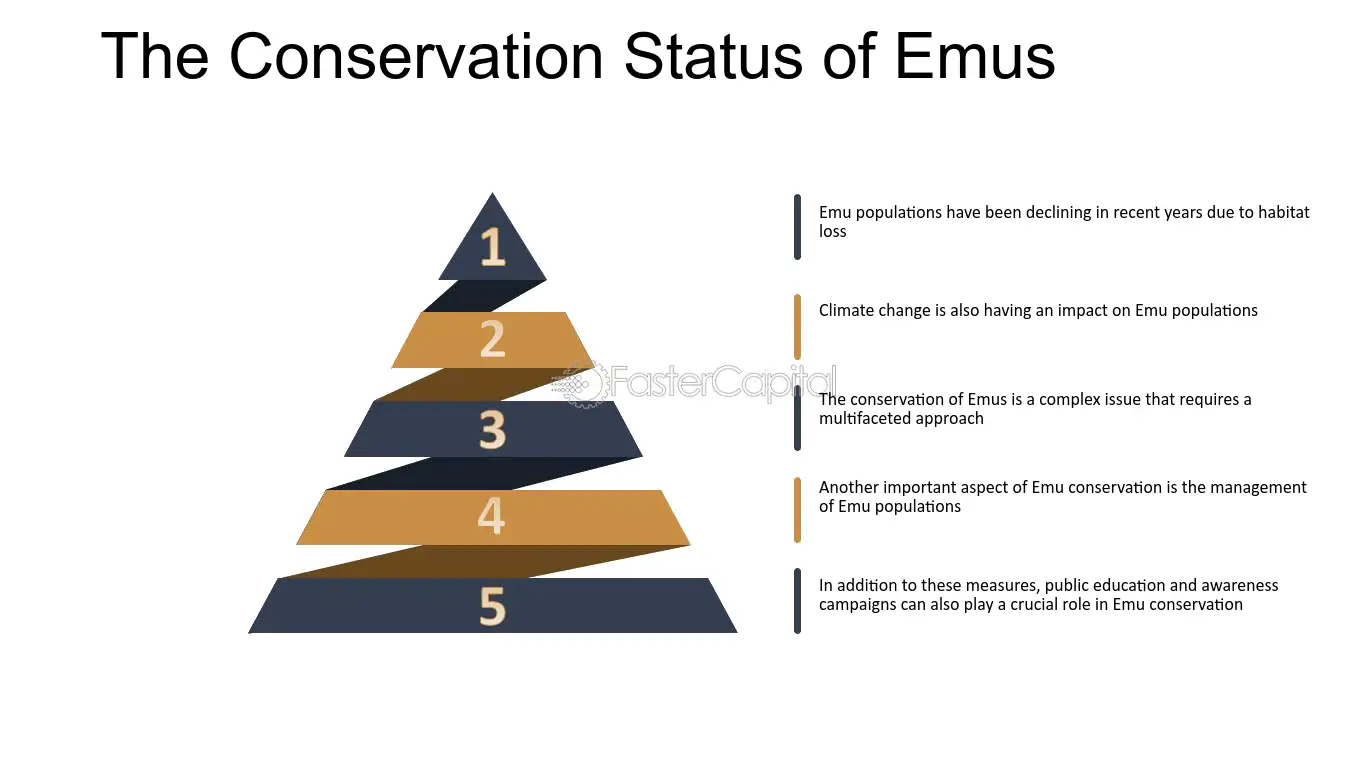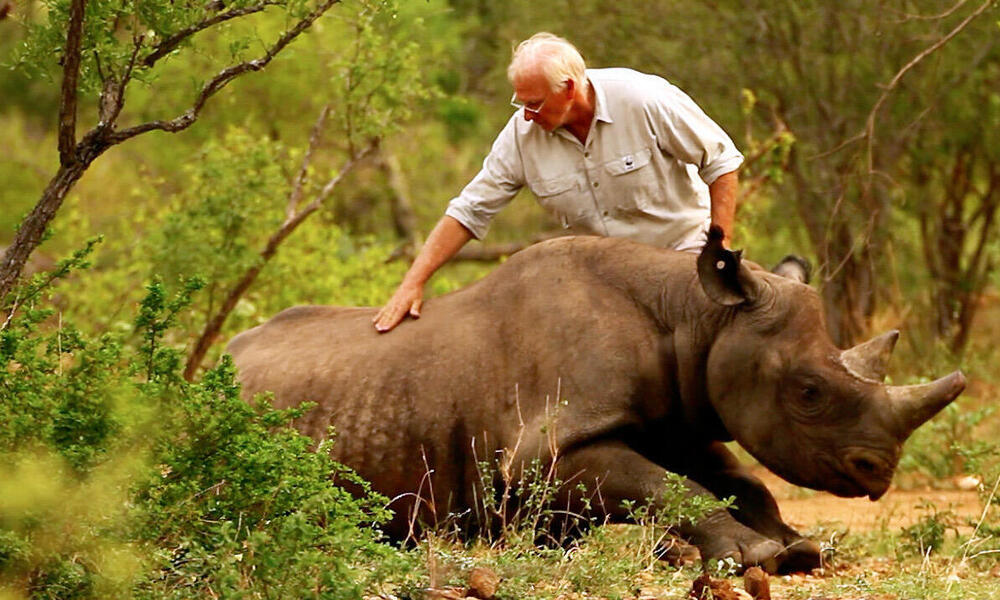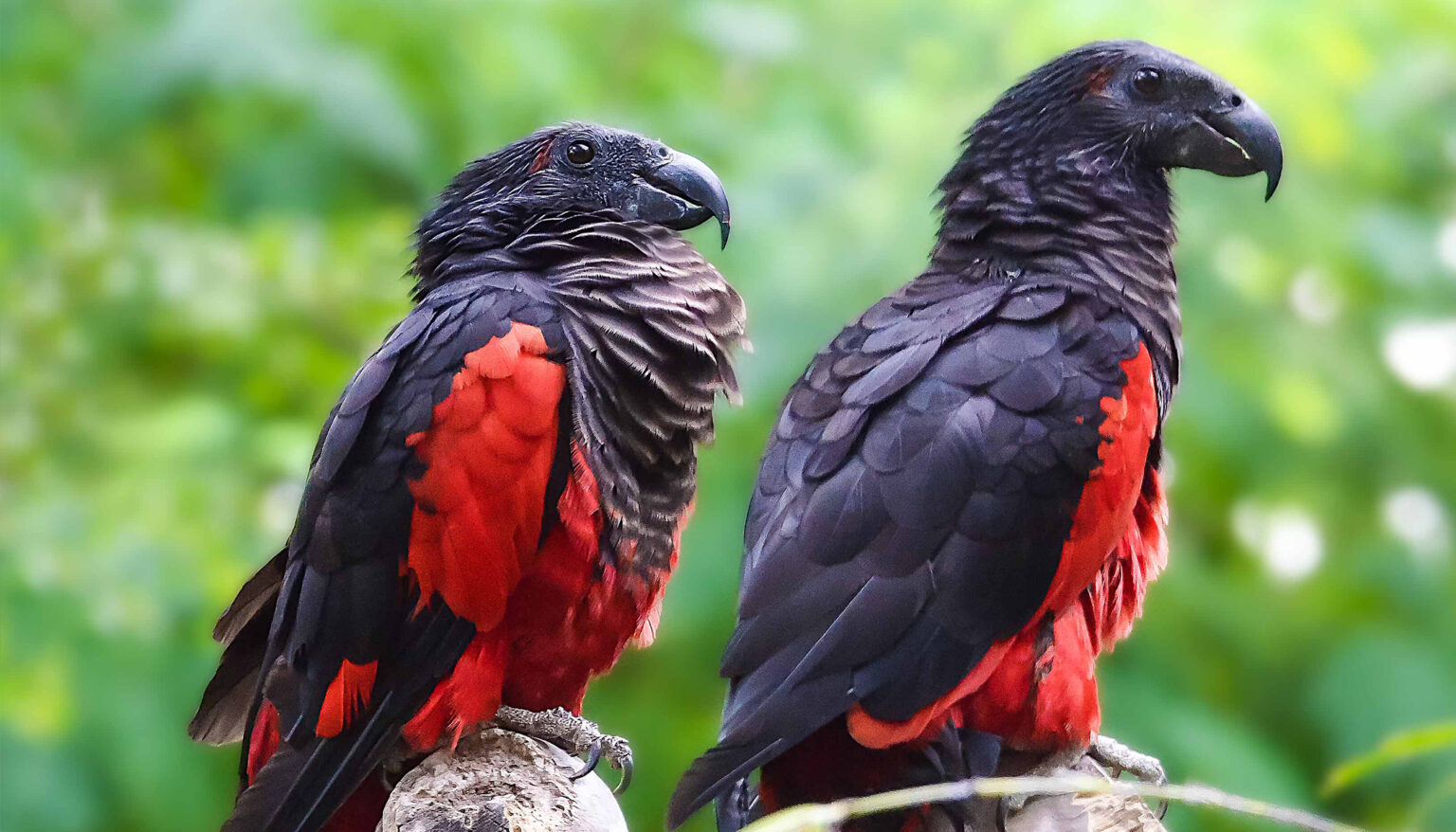Table of Contents
Introduction
Nestled within the lush montane forests of New Guinea lies a creature of remarkable beauty and intrigue: the Dracula parrot, also known as Pesquet’s parrot (Psittrichas fulgidus). With its striking appearance and mysterious habits, this avian species has captivated the imagination of scientists, bird enthusiasts, and indigenous communities alike. In this comprehensive exploration, we embark on a journey to unravel the mysteries of the Dracula parrot, delving into its habitat, behaviour, cultural significance, and the conservation efforts aimed at safeguarding its future.
The Origin of the Name “Dracula Parrot”

The Dracula parrot owes its moniker to its striking resemblance to the infamous vampire Count Dracula. With its predominantly black plumage and blood-red undertail coverts, the parrot’s appearance evokes images of the nocturnal creature of folklore. Despite its eerie associations, the Dracula parrot is a creature of the daylight, known for its distinctive call that echoes through the forest canopy of its mountainous habitat.
Habitat and Distribution
The Dracula parrot is endemic to the montane forests of New Guinea, where it inhabits altitudes ranging from 1,000 to 3,000 metres above sea level. These dense, humid forests provide the perfect environment for the parrot’s specialised diet of fruits, seeds, and flowers. However, habitat loss and fragmentation pose significant threats to the Dracula parrot‘s survival, with deforestation driven by logging, agriculture, and mining activities encroaching upon its native range.
Physical Characteristics

One of the most striking features of the Dracula parrot is its unique plumage, which sets it apart from other members of the parrot family. Unlike the vibrant colors typically associated with parrots, the Dracula parrot’s feathers are predominantly black, with patches of vivid red on its belly and undertail coverts. Its large, powerful bill is adapted for cracking open tough nuts and seeds, while its strong legs and feet allow it to navigate the forest canopy with agility.
Behavior and Ecology

The Dracula parrot is a highly social and vocal bird, often observed in small flocks as it forages for food among the treetops. Its haunting call, resembling distant drumming, serves as a means of communication between individuals and can be heard echoing through the forest at dawn and dusk. Despite its imposing appearance, the Dracula parrot is relatively shy and elusive, preferring to remain hidden among the dense foliage of its habitat.
Conservation Status and Threats

The Dracula parrot is classified as Near Threatened on the International Union for Conservation of Nature (IUCN) Red List of Threatened Species, with population trends showing a decline due to habitat loss and hunting pressure. Deforestation, driven by commercial logging, agriculture, and infrastructure development, poses the greatest threat to the species, fragmenting populations and disrupting vital ecological processes. Additionally, the illegal pet trade poses a significant threat to the Dracula parrot, with poachers targeting nests and trapping individuals for sale in domestic and international markets.
Conservation Efforts and Initiatives

Efforts to conserve the Dracula parrot and its habitat are underway, led by government agencies, non-profit organisations, and local communities. Conservation initiatives focus on habitat protection, community-based conservation, and law enforcement to combat illegal logging and hunting. Additionally, research efforts aimed at understanding the ecology and behaviour of the Dracula parrot are contributing valuable insights into its conservation needs and informing management strategies to ensure its long-term survival.
Cultural Significance
The Dracula parrot holds a special place in the culture and folklore of the indigenous peoples of New Guinea, who revere the bird for its beauty and mystical allure. In traditional ceremonies and rituals, the parrot is often depicted in artwork and adornments, symbolising strength, resilience, and connection to the natural world. Its haunting call is believed to carry spiritual significance, with indigenous communities interpreting it as a harbinger of change or a messenger from the spirit world.
Future Prospects
As we look ahead, the landscape of fast food near me open now is poised for further evolution and innovation. With advancements in technology and changing consumer preferences, we can expect to see continued enhancements in convenience, variety, and health-conscious options. Mobile ordering apps and delivery services are likely to become even more seamless and efficient, providing customers with greater flexibility and accessibility. Additionally, the trend towards healthier eating is expected to influence menu offerings, with fast food establishments expanding their selection of nutritious options to meet the demands of health-conscious consumers. As sustainability and environmental awareness continue to gain prominence, we may also see a greater emphasis on eco-friendly practices and sourcing of ingredients from local and sustainable suppliers. Overall, the future of fast food near me open now is bright, promising exciting new possibilities for satisfying cravings while embracing convenience, variety, and sustainability.
Conclusion
As we look to the future, the fate of the Dracula parrot hangs in the balance. While the challenges facing this enigmatic bird are formidable, there is hope that concerted conservation efforts and community engagement will help secure its survival. By protecting its habitat, combating illegal logging and hunting, and raising awareness about its ecological importance, we can ensure that future generations will have the opportunity to marvel at the beauty and mystery of the Dracula parrot in the wilds of New Guinea.
For More Information Please Visit These Websites Viprow And Vecteezy

